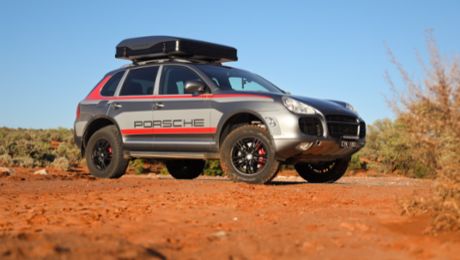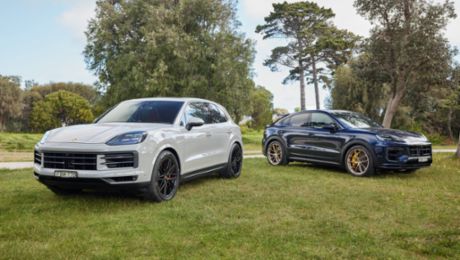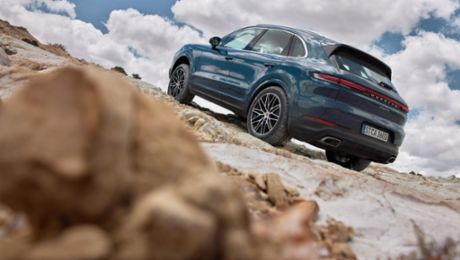The first Transsyberia Rallye was held in 2004 with a route taking in the eastern half of Russia from Moscow all the way to the Mongolian capital, Ulaan Baatar. By 2007, Porsche’s factory-built rally-car based on the Cayenne off-roader had established itself as the vehicle to beat and the world had its eyes on this tough, two-week raid event.
Many Porsche markets were represented by home-grown teams for the event, choosing to hire successful race-car drivers and navigators including WRC rally-winner Armin Schwarz (Team Germany) three-times Paris-Dakar winner Rene Metge (France) and multiple Pikes Peak champion Rod Millen (USA). For the 2007 event, Porsche Australia had joined the entrants list not with professional drivers, but with Porsche’s then technical and training manager, Paul Watson, and motoring journalist Dave Morley sharing the driving and navigational duties.
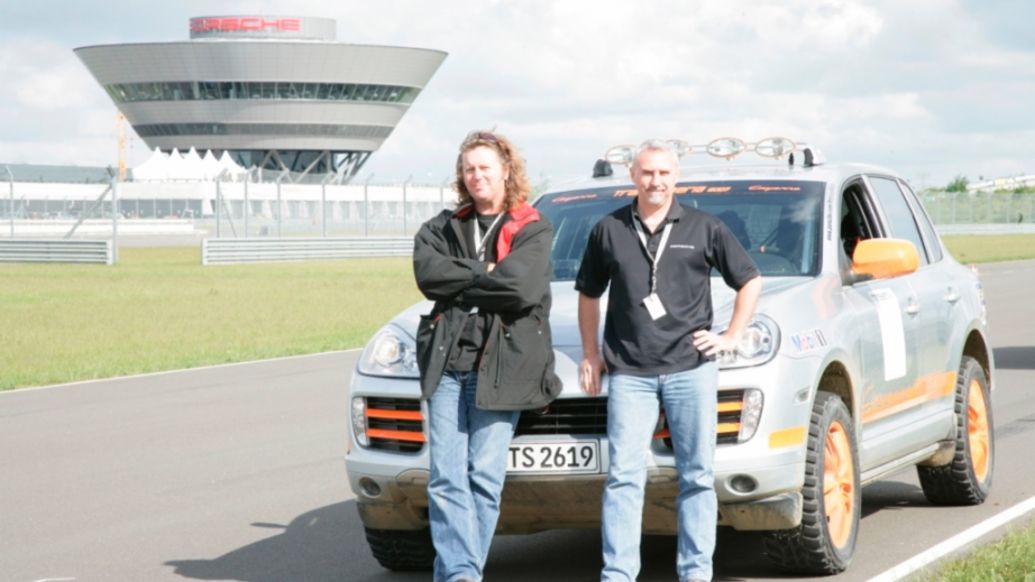
Covering more than 7500km, the route proper began with special stages through sandy, mosquito-ridden forests in regional Russia before working its way east to the Mongolian border near the Russian outpost town of Kosh Agash. From Mongolia, it was reckoned by crews who had previously competed, the real rally would begin. They were dead right, with the main road deteriorating into wheel-tracks through rivers, over rocks, deep sand and even crossing a corner of the Gobi Desert. Then there were the special stages where the main road was abandoned for unmarked routes through swamps, over mountain ranges and the spectacular but hostile steppe landscape that makes up the majority of Mongolia.

Despite the punishing schedule and terrain, the factory-prepared Cayennes handled it all with ease. The normally-aspirated 4.8-litre V8 and automatic transmission were left more or less untouched in the name of reliability, but the wheels, tyres, suspension and body were all modified to create the Cayenne Transsyberia. As well as race seats, the interior was stripped out to store two spare tyres, tools and camping gear (no motels in the Mongolian desert). The air-suspension’s electronic controls were over-written to allow for the highest ride-height at high speeds and even the all-wheel-drive protocols were re-mapped to allow for greater off-road choice.
Team Australia had struggled from the Mongolian border with a severe bogging early on day one. With the Cayenne up to its belly in the swamp, winching out was the only option. Unfortunately, southern Mongolia is almost completely devoid of trees (thanks to its minus-30-degree winters) so there was nothing to winch off. Digging a hole, burying the spare tyre and winching off that was the solution, but not before time penalties had been accrued.
Ultimately, however, it didn’t matter as the Australian entry was badly damaged the next day when, on August 13, at kilometre-13 of the special stage, it hurtled into an unmarked washout, injuring Watson’s spine and bending the car in the middle. The German Porsche entry followed the hapless Aussie car into the same washout seconds later, finishing its rally, too. With Watson air-lifted to Ulaan Baatar, Morley (who was not in the car for the crash thanks to a severe case of Mongolian Belly) joined him there and they arranged to get the bent Cayenne back to Germany and themselves back to Australia. But one thing was for sure: This rally was unfinished business for both Watson, Morley and Porsche Australia.
Much to the chagrin of his doctors, Watson put the wheels in motion for a second stab at the Transsyberia for 2008. Morley agreed to `put the band back together’ and a new assault plan was drawn up. This time there would be no risks, no chances taken, especially now that the team understood just how difficult it was to finish, let alone score a podium. Besides, that unfinished business had to be attended to.
Again, the rally began from Moscow’s Red Square complete with a high-speed police escort through the city’s suburbs. And, again, Team Australia played it cool through the Russian special stages, keeping out of trouble and keeping their powder dry for the challenge that the Mongolian section promised. And it was a promise on which the steppes truly delivered.
Again, Team Oz was bogged and forced to bury a spare tyre, and again, there were navigational challenges in a landscape where even the main east-west trade route is a pair of wheel tracks for much of the distance. But the Australian pair kept chipping away at the kilometres, keeping a close eye on the Cayenne at each bivouac.
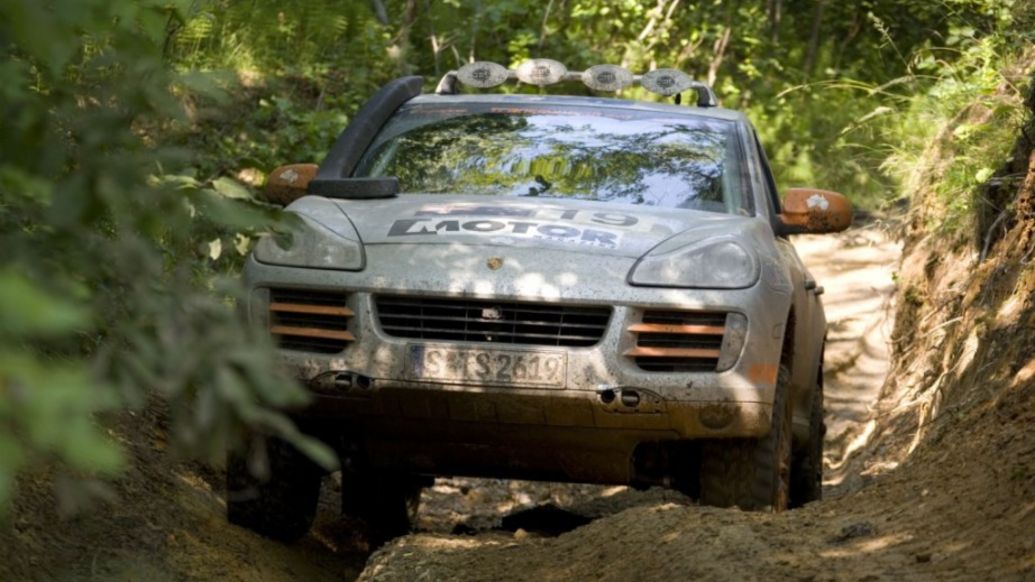
Mechanical problems were few; a broken shock absorber and, later, a leak from the active stabiliser bar system didn’t seem too confronting. Figuring they could do without the stabiliser bars, the pair plunged on, not realising that the fluid they were losing was also the fluid that operated – and, crucially, lubricated – the power-steering pump. That fact became apparent next day when, while travelling fast, in the first three cars in the rally for that stage, Watson heard the first signs of an expiring power-steering pump. Seconds later, the pump seized, throwing the belt into the Mongolian landscape and, since the same belt also drove the car’s coolant pump, stranding the vehicle in its tracks.
After sitting for a few minutes, lamenting their fate, the boys from Oz got creative. Taking a rubber strap that held their camping gear in place inside the vehicle, they quickly cut off the metal hooks, tied the two ends and fashioned a very makeshift belt that would drive the water-pump. Without power-steering the car was a brute to drive, but with the fix in place, it was able to cover the special stage just within the penalty-time period and went on to finish the rally two days later in 13th place outright.
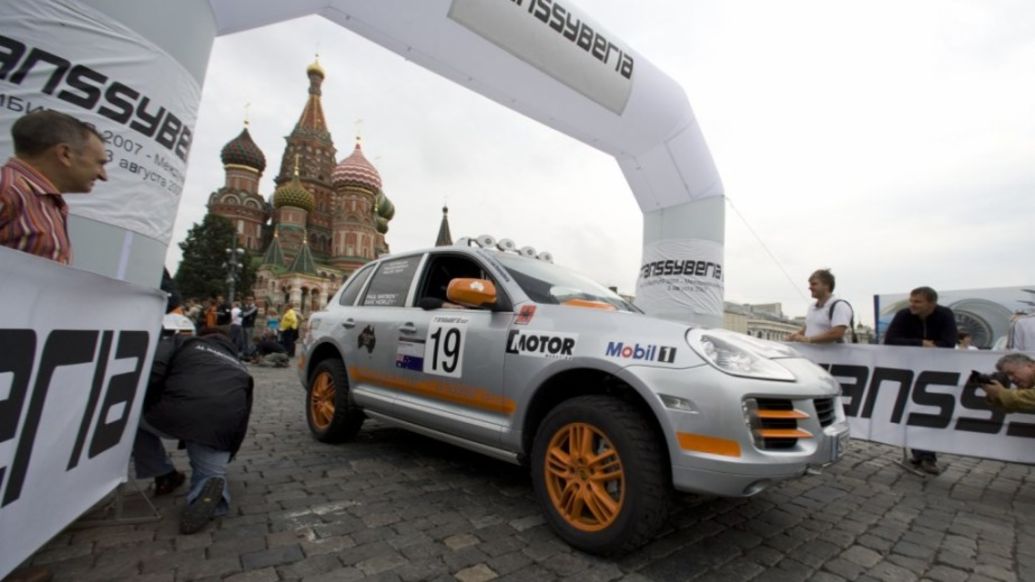
Unfinished business had been completed and that rubber strap, threadbare and filthy from its work in the Cayenne’s engine bay, still hangs above Paul Watson’s desk as a reminder of that fact. Not that any is needed.
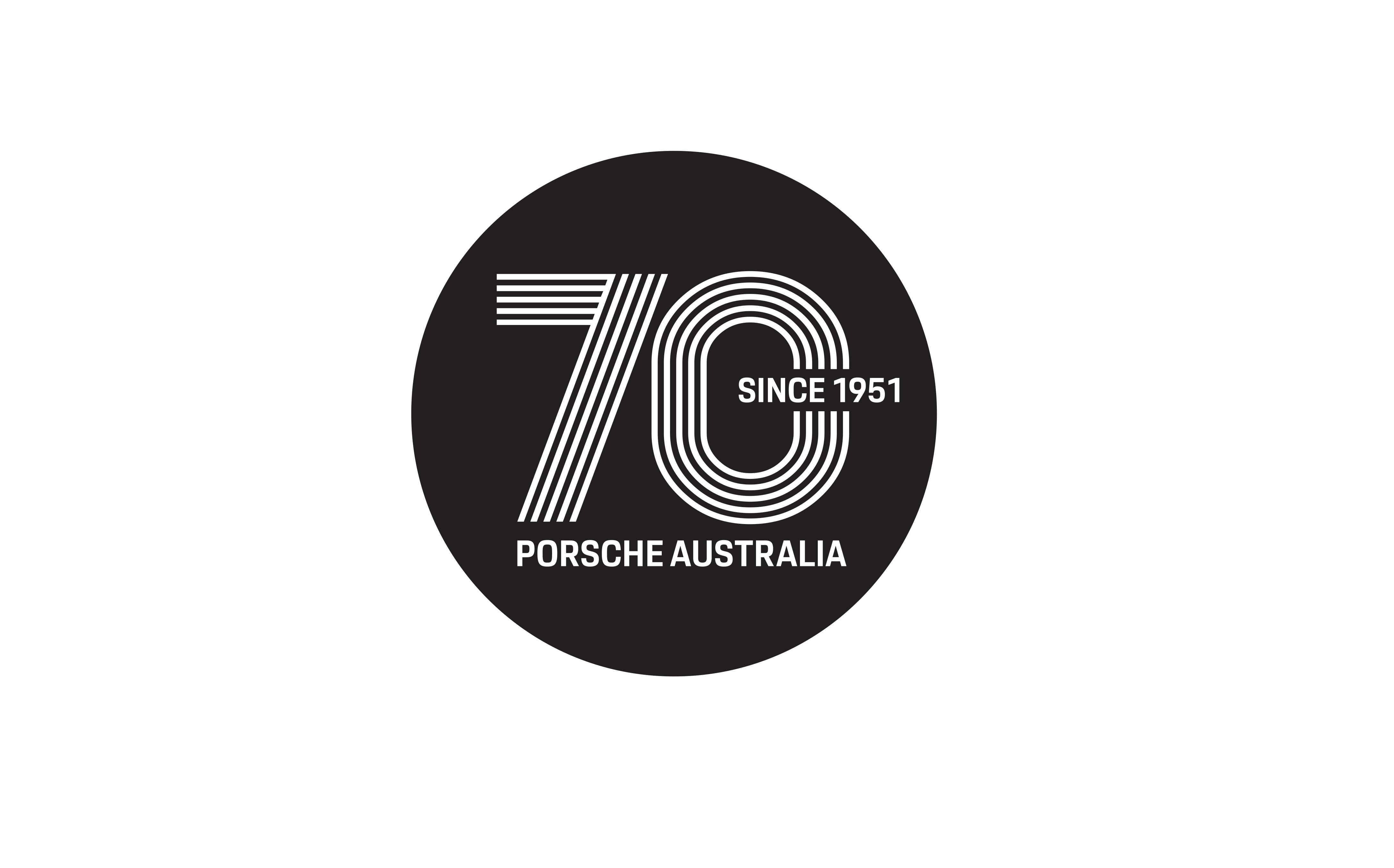
Visit porsche.com/australia/70years for more information regarding 70 Years of Porsche in Australia, as well as following @PorscheAus on social media.
Follow Porsche Cars Australia
On Instagram
On YouTube
On LinkedIn
On Twitter
